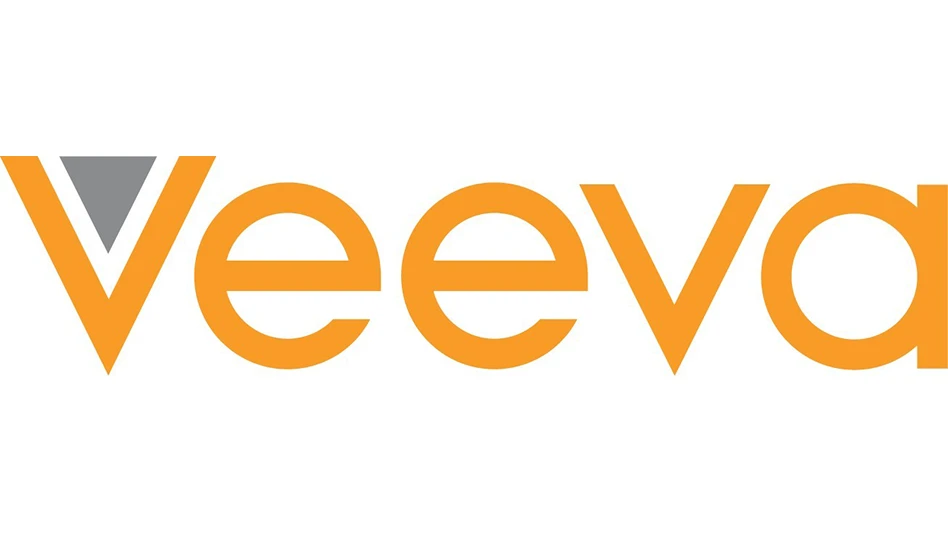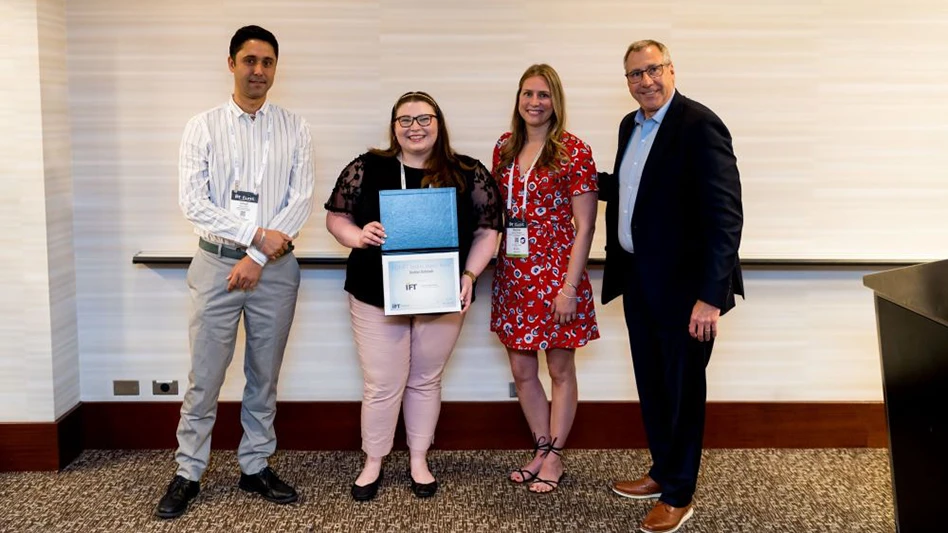
Adobe Stock | Smileus
Editor’s Note: This article was written by Neil Saab, Ph.D., a Senior Scientific Program Manager at IAFNS.
Tracking the presence of heavy metals in foods is an ongoing but important challenge, as is evidenced by the effort put in by U.S. Food & Drug Administration in its “Closer to Zero” initiative. There are gaps in our knowledge of cadmium, lead, mercury, arsenic and other metals that, if addressed, will help us more effectively manage the risks they pose.
Several heavy metals are naturally present in agricultural soils, and while food processors may have choices about where to source ingredients, farmers do not have that luxury. Farmers often lack viable options in terms of rotating their crops to fields with lower metal concentrations or applying mitigations.
In response to these gaps and challenges, IAFNS addresses heavy metals through several research programs guided by its Food & Chemical Safety Committee. Aligned with FDA’s “Closer to Zero” initiative for reducing toxic elements in foods for babies and infants, the committee has launched research projects that developed a framework for reducing exposure to heavy metals in foods.
IAFNS also aims to design a scoring system for prioritizing mitigation factors. This system will account for differences in commodities, metal combinations, soil-plant interactions and geochemistry, processing methods and impact of these variables on the metal concentrations of interest.
BACKGROUND LEVELS. Heavy metals such as lead, cadmium, mercury and arsenic are ubiquitous in the environment due to natural occurrence (e.g., in agricultural soils) and human activities. Heavy metals in soils can unavoidably accumulate in various plant parts such as leaves and seeds. In some cases, metals are spilled or reach crops through the air or water from industrial discharges or accidents.
Aligned with the U.S. FDA’s “Closer to Zero” initiative for reducing toxic elements in foods for babies and infants, the IAFNS Food & Chemical Safety Committee sponsors research projects that aim to develop a framework for reducing exposure to heavy metals in foods. Framework elements will include metal/commodity prioritization, concentration ranges, exposure assessments, agricultural practices and current and future mitigation options along the production and supply chains.
Chronic exposure to lead and cadmium is associated with kidney dysfunction and other health problems. Infants, young children and pregnant women can be particularly vulnerable because prolonged lead exposure in early development has been associated with a higher risk of learning disabilities and lower IQ levels.
Young children in the United States are eating and drinking far less lead than they did decades ago — from 43 micrograms per day in 1980, to around 1 microgram per day in 2016 — according to the FDA.
People are exposed to small amounts of metals every day, but other types of foods, vegetables and fruits can be sources of heavy metal exposure. People and parents consistently say they want zero exposure to heavy metals from food. However, experts consider this to be an unrealistic goal as metals are present in most agricultural soils. Also, the costs of reducing metal levels to close to zero concentrations are often prohibitively high and may have the unintended consequence of pricing many basic foods beyond the reach of low- and middle-income consumers, without meaningful reduction in health risks.
EAT YOUR SPINACH. One new study IAFNS sponsored uses spinach to compare how cadmium and lead differ in how they move through soil and accumulate in plant foods. The paper discusses practical pre- and post-harvest techniques, sometimes called mitigations, to reduce human exposure to these metals that can be adopted by farmers, food processors and consumers. Pre-harvest techniques are generally actionable by the grower and include soil preparations and amendments, irrigation practices, and cultivar selection, the authors found. Post-harvest techniques are further downstream and include spinach handling in the field and washing either by a factory and/or by the consumer.
IAFNS draws on scientists in academia, industry and government to initiate and carry out this research, expanding its impact once published. Those three pillars guide the organization’s governance and outreach efforts to mobilize knowledge and identify and fill gaps in our information. By minding these gaps, we are making progress toward understanding the problem and identifying solutions to the challenge of the presence of metals in our food supply.
Neal Saab, PhD, is a Senior Scientific Program Manager at IAFNS where he guides the Food Chemical Safety Committee, the Food Packaging Safety & Sustainability Committee and the Caffeine Committee.
Latest from Quality Assurance & Food Safety
- Multistate E. coli Outbreak Linked to Iceberg and Romaine Lettuce Blend
- FDA, USDA Seek Information About Food Date Labeling
- William Marler, Food Safety Advocate and Lawyer, Condemns Lack of Safety of U.S. Food Supply
- AFDO Infographics Illustrate State-Level Impact of FDA’s Proposed Budget Cuts
- Multistate Outbreak of Salmonella Typhimurium Linked to Cucumbers
- USDA Begins National Milk Testing Strategy to Address H5N1 in Dairy Herds
- USDA Announces Grain Inspection Advisory Committee Appointments
- Eagle Product Inspection Highlights FA3/M Fat Analysis Machine for Meat Inspection





